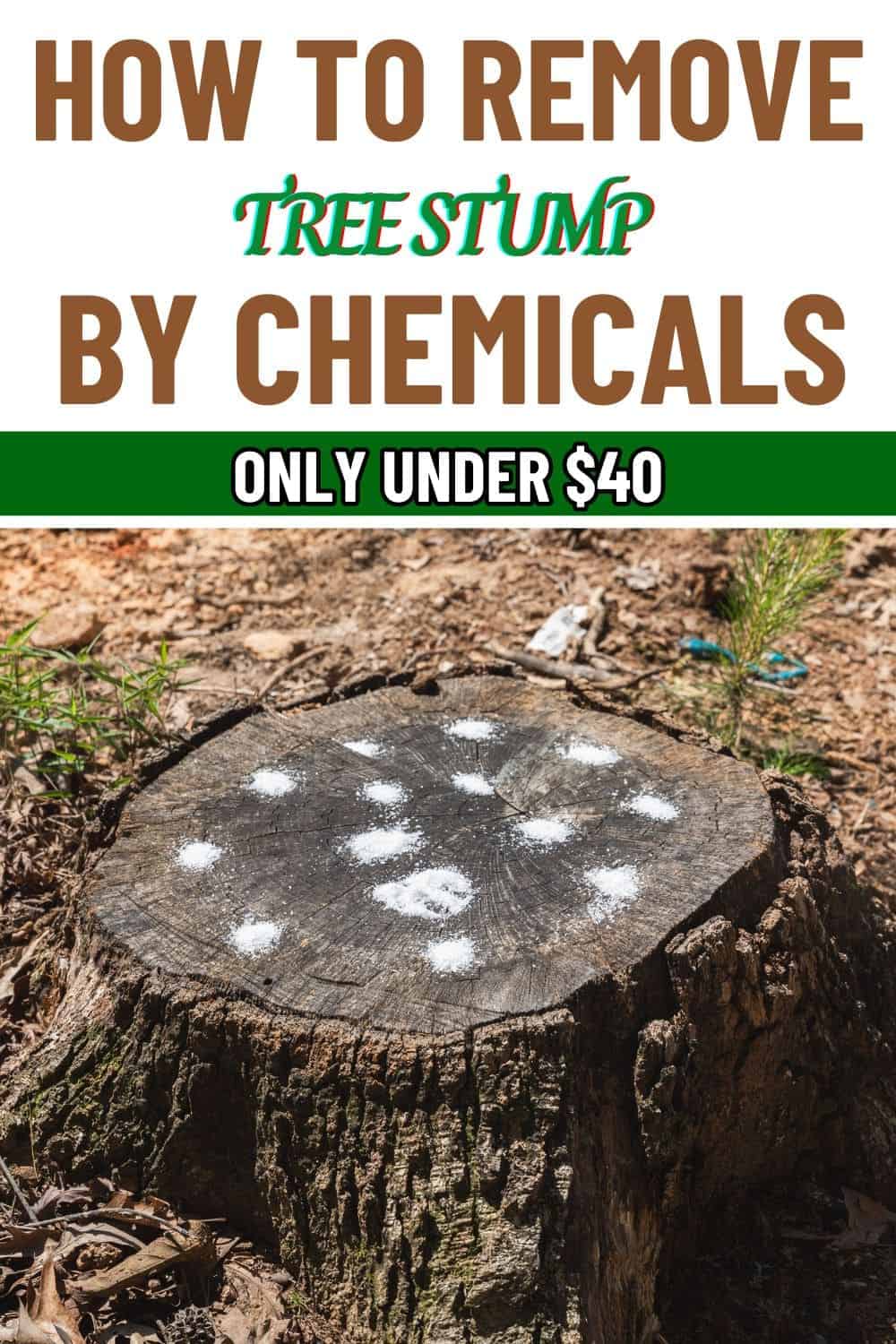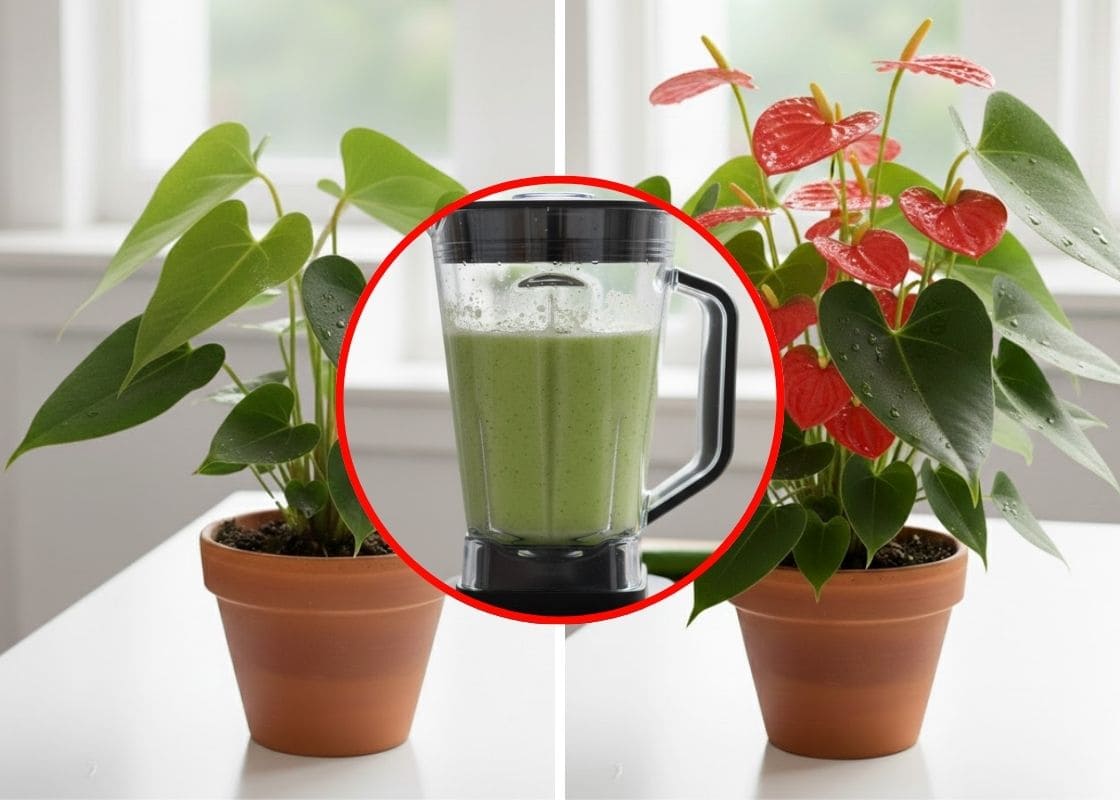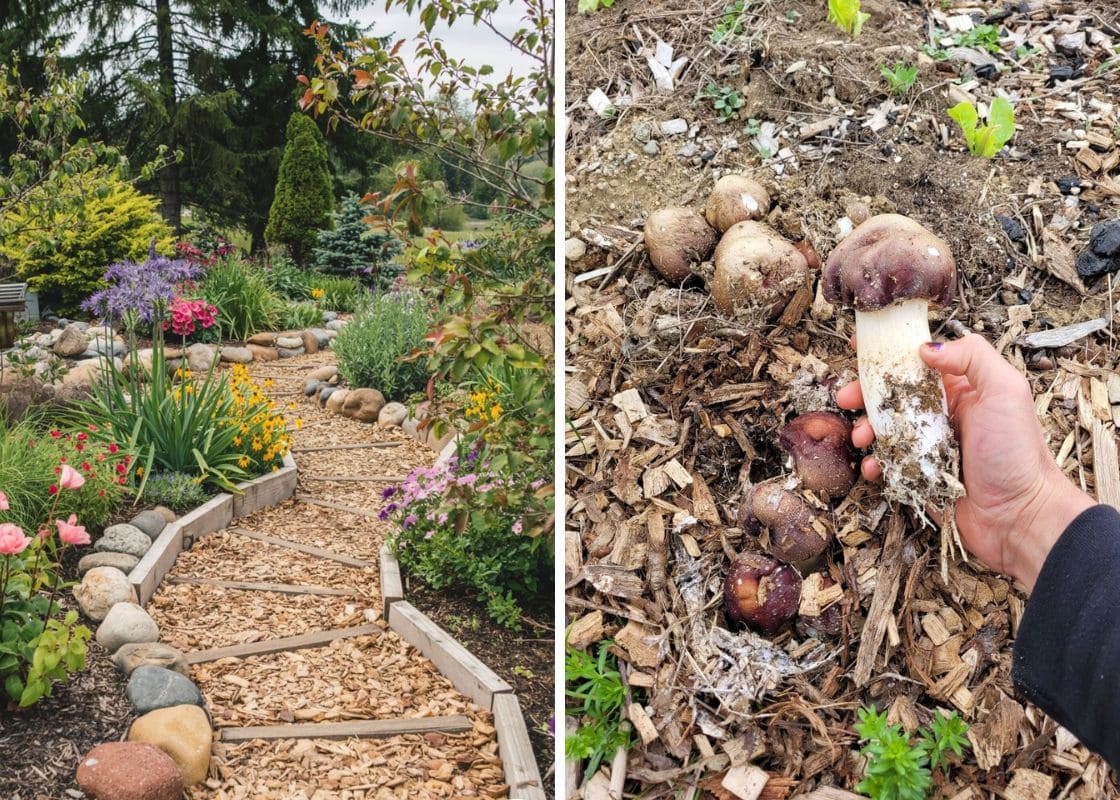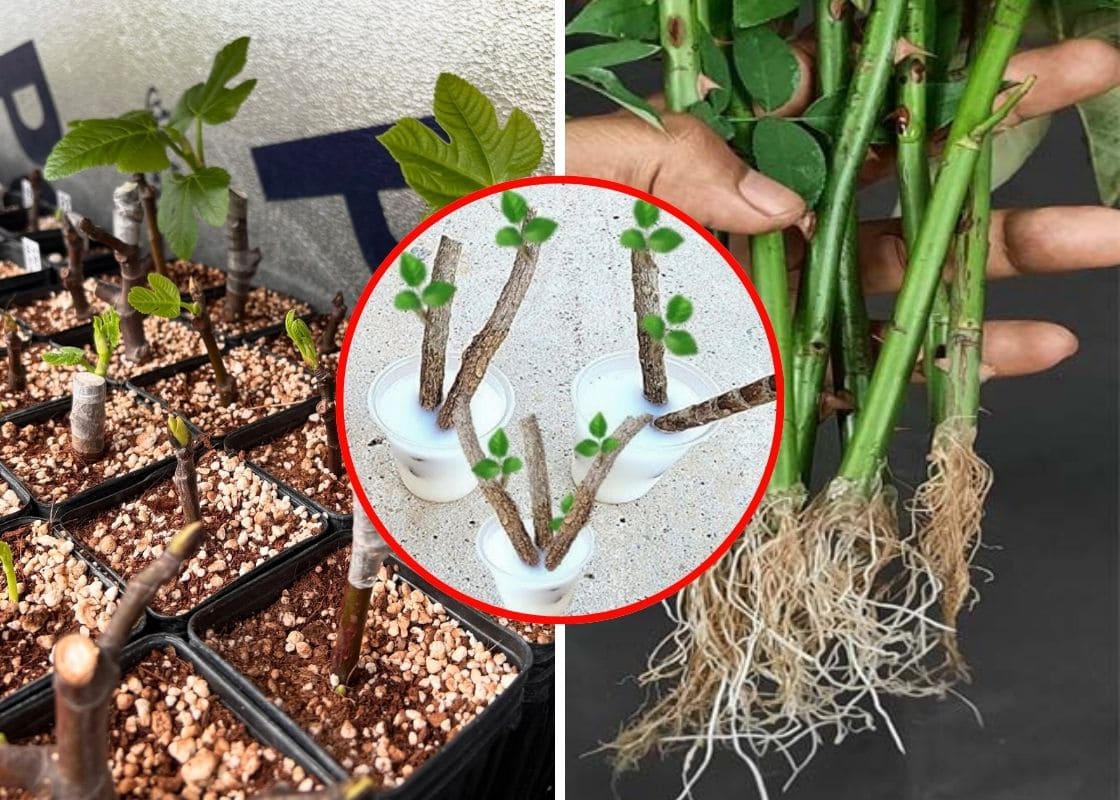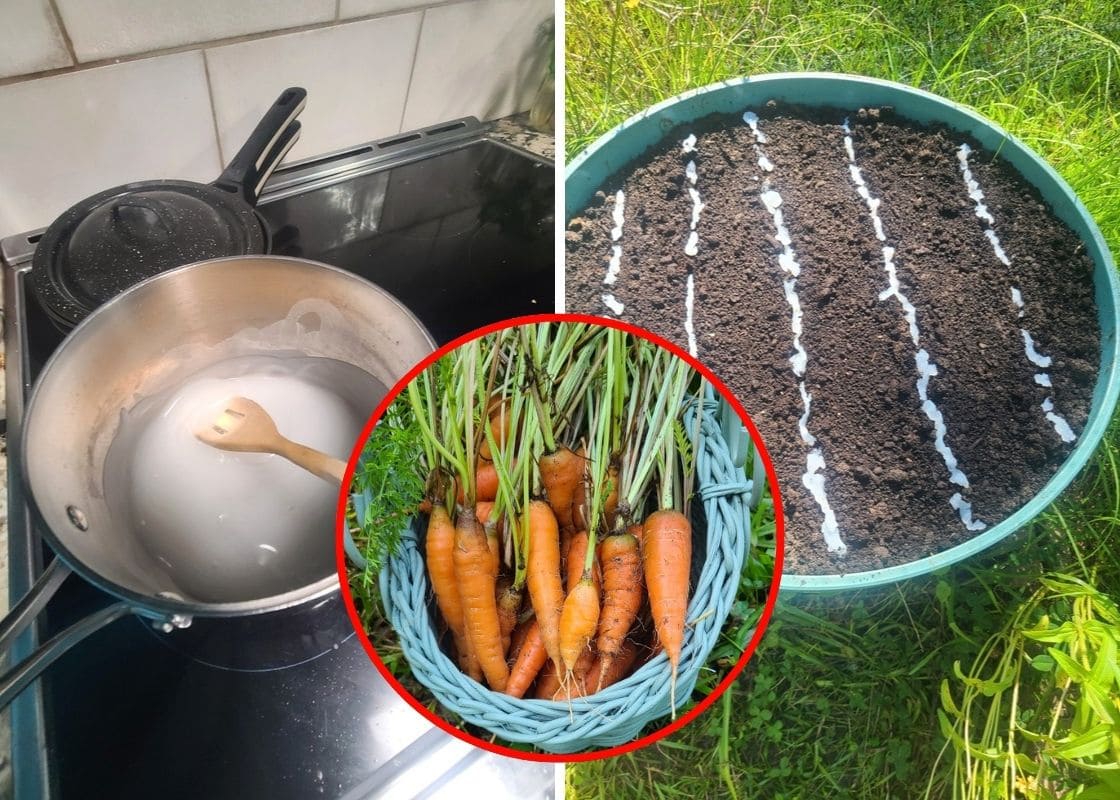Tree stumps can be an eyesore in an otherwise well-kept yard, but the idea of renting heavy machinery to get rid of them can feel overwhelming.
Luckily, there’s a simpler solution that requires minimal effort: using chemical stump removers.
By applying specialized chemicals or common household items like Epsom salt, you can break down the stump naturally and efficiently, no back-breaking labor required.
What You’ll Need for Chemical Stump Removal
You need to prepare:
- Stump removal chemicals: You can buy specialized stump remover granules or powder.
- Alternative options: Epsom salt or rock salt.
- Drill
- Water
- Tarp or plastic bag
Step-by-Step Guide to Chemical Stump Removal
Step 1: Drill Holes in the Stump
You can start by drilling deep holes in the top and sides of the stump.
I usually go for holes about 8-12 inches deep, spaced a few inches apart to allow the chemicals to penetrate the stump thoroughly.
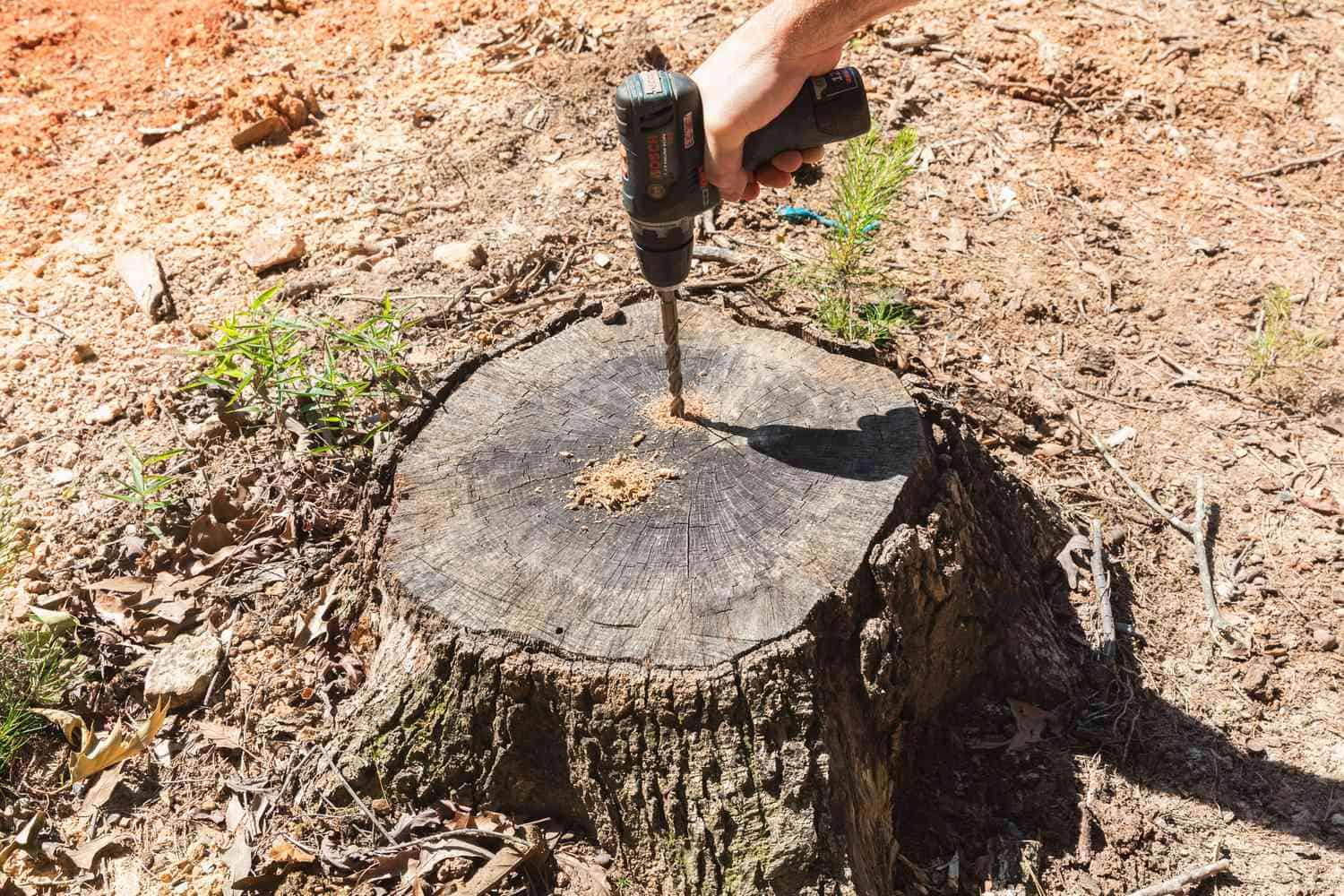
Step 2: Apply Stump Remover or Salt
Next, pour your chosen chemical into the holes you drilled. Fill each hole almost to the top, leaving a little room for water.
Here’re some chemicals you should consider:
- Stump Remover: Stump remover granules are formulated to break down lignin, the compound that gives wood its structure. They work efficiently but can take several weeks or months to fully decompose the stump.
- Epsom Salt: Epsom salt (magnesium sulfate) is a natural option that dehydrates the wood, speeding up the decay process without affecting the surrounding soil as much as other chemicals.
- Rock Salt: Like Epsom salt, rock salt dehydrates the stump, but it can affect soil quality if used excessively.
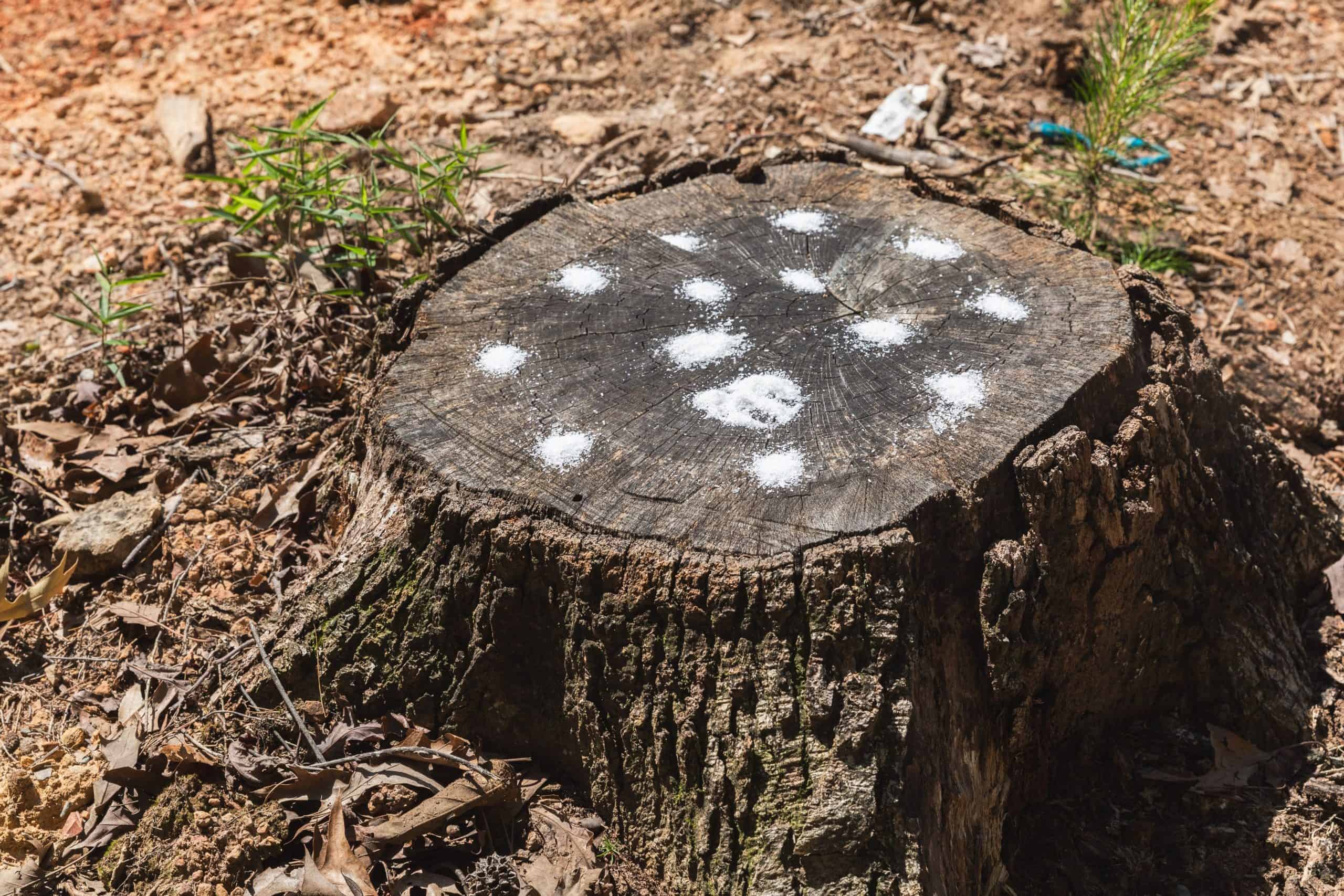
Step 3: Add Water
Once the chemical or salt is in the holes, add a small amount of water to help activate it. The water will dissolve the granules or salt, allowing it to seep into the wood.

Environmental Considerations and Precautions
If you’re concerned about soil health or nearby plants, Epsom salt is a good choice due to its minimal impact on the environment.
Avoid using large amounts of rock salt in areas where you have plants, as it can leach into the soil and harm them. Also, consider placing a barrier around the stump if you’re worried about chemicals spreading.
